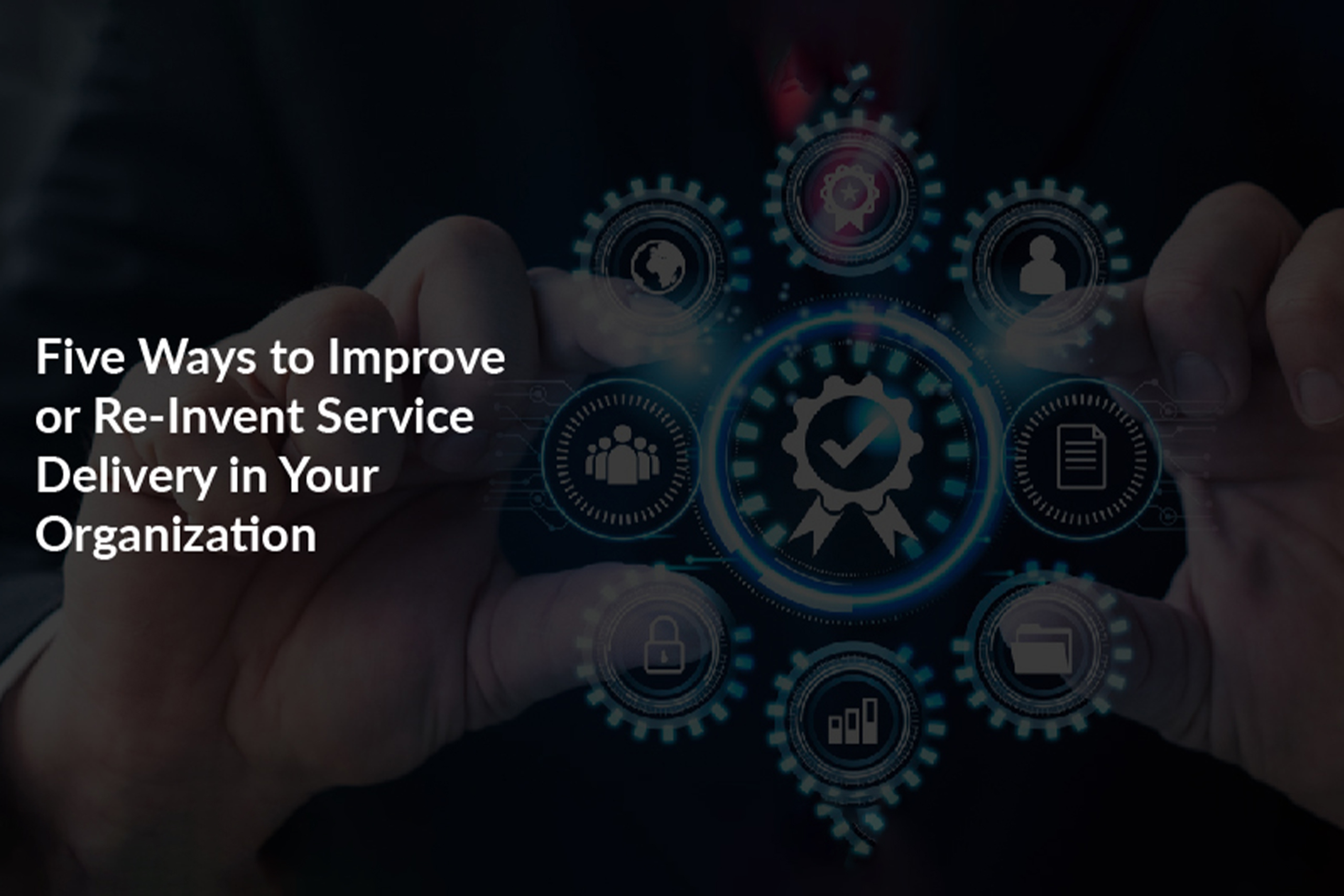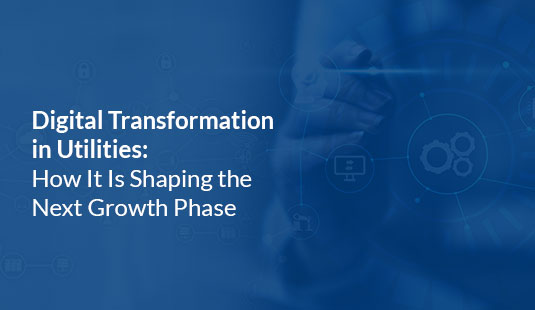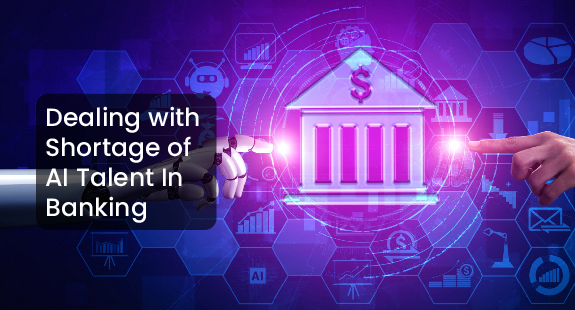In the ever-evolving landscape of today’s business world, providing top-notch service delivery has become a crucial aspect for organizations across the globe. With the advent of advanced technology and the need for swift responses, businesses must strive to offer efficient and effective services to stay competitive. To meet this demand, more and more organizations are adopting IT Service Management (ITSM), which not only offers top-quality services but also optimizes operations, reduces costs, and enhances employee productivity and satisfaction.
Improving service delivery is crucial for businesses to thrive and remain competitive. According to a PwC survey, 32% of customers stop doing business with a brand they love after just one bad experience, while 54% would recommend a company with exceptional customer service. This highlights the impact of service delivery on customer loyalty and brand reputation. Forbes reports that a 5% increase in customer retention can lead to a 25% increase in profits. On the other hand, poor service delivery can be costly, resulting in customer churn and negative online reviews. Investing in improving service delivery can yield significant returns for businesses.
Here are five essential ways to enhance service delivery within your organization:

Customer-centric approach
The customer-centric approach to improving or re-inventing service delivery is crucial as businesses face new and unanticipated customers due to the expanding reach of digital marketplaces. To capitalize on opportunities and maintain trust, businesses must execute simple, reliable, and trustworthy end-to-end transactions everywhere, without exception. This requires IT operations to deliver the necessary speed and agility to meet new customer requirements. AIOps can play a central role in combining customer-centricity with IT operations to improve service delivery and stay competitive in the market.

Expect the unexpected

Data-driven decisions
Massive amounts of data are readily available to IT operations, but that data goes largely unused. The ability to anticipate demands, detect operational trends, and propose strategic opportunities to the business all exist in the data, a rare occurrence today. IT operations can’t remain passive in its role as a strategic partner or ignore the untapped opportunities of available data.
Adopt new operating principles, embrace new automation capabilities, enhance data science skills, and move to a data-driven decision-making mentality. Automate service delivery processes where possible and use tools like Configuration Management Database (CMDB) and self-healing capabilities. Businesses and their strategic partners, like IT operations, must adapt to changing demands by leveraging the massive amounts of unused data to anticipate needs, detect trends, and identify strategic opportunities.

Improve employee experience
Find ways to improve the experience of employees who deliver services. The pandemic has changed the future of work and increased employees’ expectations of employer technologies. Companies plan to pursue a hybrid model, with some workers working remotely. Automation and contingent labor will become more widespread, and non-tech employees will become citizen developers. To improve talent acquisition and retention, organizations will need positive workforce analytics and strategies to prevent data misuse. Tech leaders must prepare for these changes and lead the transformation.

Leveraging an Enterprise DevSecOps and Agile Approach with ITSM/ESM
Adopt an agile and DevSecOps approach to service delivery. Break down silos between different departments and teams by collaborating closely and using agile methodologies to deliver services faster and more efficiently. Integrate IT Service Management (ITSM) and Enterprise Service Management (ESM) in DevSecOps processes to ensure alignment and consistency.
The key to thriving in today’s competitive business landscape lies in organizations’ ability to optimize their service delivery. By focusing on these key ITSM/ESM solutions, businesses can elevate their service standards, build customer loyalty, and enhance their reputation.
To learn how CriticalRiver can support your service delivery requirements and help address service management challenges, write to us at contact@criticalriver.com.





